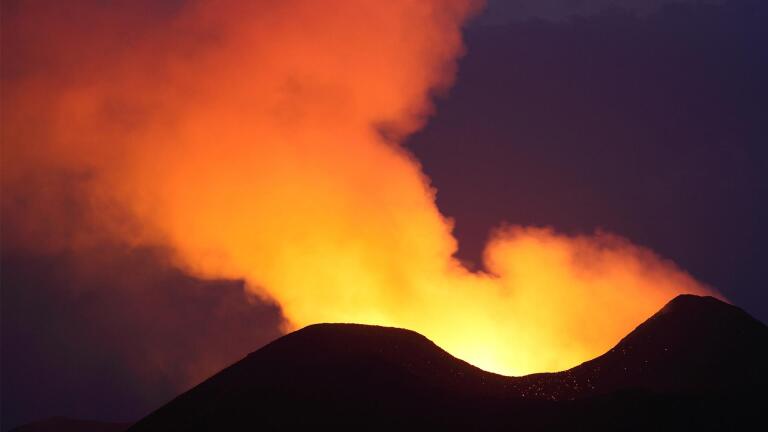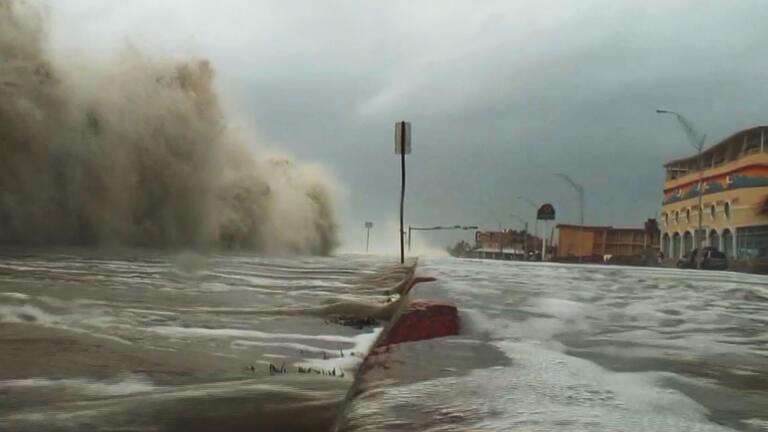Back to Show
NOVA
Using Science to Achieve Invisibility
How do we see objects? By intercepting waves of light bouncing off of them and into our eyes, each reflected at a different angle. One way to achieve invisibility is to bend the paths of light using lenses, mirrors, or metamaterials with unique reflective properties. There are a lot of problems still to be solved—and valuable applications awaiting those who succeed.
Sign up now for inspiring and thought-provoking media delivered straight to your inbox.
Support Provided By

Unlock with PBS Passport
53:21
Follow engineers and woodworkers as they rebuild an iconic American covered bridge.

Unlock with PBS Passport
53:34
Follow the harrowing operation to rescue 12 boys stranded in a flooded cave in Thailand.

Unlock with PBS Passport
53:37
Explore Africa’s sleeping giant—Nyamuragira, one of the world’s most dangerous volcanoes.

Unlock with PBS Passport
53:37
Climb into the crater of Nyiragongo, a seething and active African volcano.

1:53:20
Discover how Earth’s intricate climate system is changing.

Unlock with PBS Passport
53:15
How courage and ingenuity saved Allied troops during the epic Dunkirk operation in 1940.

53:26
Take a mind-blowing voyage to the most powerful and mysterious objects in the universe.

Unlock with PBS Passport
53:32
Watch as birds solve puzzles and challenge our basic notions of intelligence.

Unlock with PBS Passport
54:10
Scientists uncover geologic evidence of epic floods that tore through ancient landscapes.

Unlock with PBS Passport
53:11
Experts reconstruct the Great Hurricane of 1780 to help predict the risk of future storms.

Unlock with PBS Passport
54:10
Scientists hunt for a mega-eruption that plunged medieval Earth into a deep freeze.












